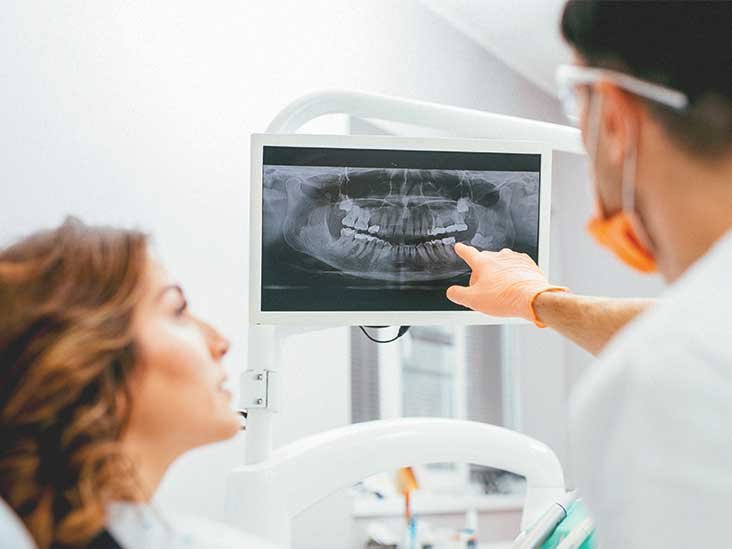As a practising dentist, you’d come across versatile patients, some with minor issues and others with major complications. If you fancy your clinic to serve an all in one purpose, diagnose and cure all types of dental conditions, a dental x-ray machine is the first thing to buy. With an x-ray setup, you can analyse internal intricacies with great precision, identify underlying conditions and interpret complications earlier. Dental x-rays are safe as they emit little radiation waves, making them an ideal diagnostic tool for dentists.
There are nearly 7,150 dental clinics in Australia, and the number of practising dentists has increased over the past decade. When you shop for a dental x-ray machine, you will come across several types, each specialising in a specific type of diagnosis. For instance, panoramic x-rays show the entire mouth area, including the upper and lower teeth and jaw. On the flip side, tomograms work well in target-specific imaging. In this x-ray type, a particular slice or part of the tooth is target-imaged, and the other areas get imaged blurry in the background. If it is your first take with an x-ray machine and you want to make the best out of your investment, here are four steps to follow,
- Choose your type
You will rapidly find two types of dental x-rays machines- intraoral and extraoral. If your practice is more into treating cavities, root canals, and other structural modifications of the tooth and the jaw, the former is your type! Intraoral radiograph machines film the internal structures and are the most common dental x-ray equipment. However, extraoral radiographs are setups specific to the jaw and skull. You can also have the two for extensive diagnosis and treatment for all dental and related problems.
- Know the size and usage instructions
Undeniably, you cannot overlook the size factor of a diagnostic tool, be it an x-ray machine or a dental chair. You need to ensure your patient feels comfortable moving around your clinic, feels comfortable in the chair and while you get the x-ray taken. On that note, buying a well-sophisticated, massive x-ray machine that will eventually make your clinic cramped is not a mindful choice.
Next, watch out for the ease of use. You will not want an x-ray machine that requires multiple inputs and is highly modernised when you do not know how to operate it. So, whatever type you buy, ensure that the access to the image files is straightforward.
- Consider the image quality
There is no use in buying a dual dental x-ray system that can film intricate areas of the mouth and only deliver low-quality images. With that said, digital x-ray machines work the best for filming precision. Digital x-rays generate x-ray films of high contrast. You can zoom or sharpen any specific area you wish to have a closer look at. With digital x-rays, you can solely look at the monitor and enlarge or brighten the image to arrive at a result.
- Do not blow up your budget
Though investing in an x-ray machine is worth the money, you need to make a realistic budget so that you stick to it. Several x-ray machines come with multiple input methods and other features, and some of these may not be of regular use. If you are ready to invest in features like quick scan time, a product from a reputed brand and a dual setup sensor, you can streamline your budget framework. Lastly, ensure that there is a flexible return and backup service policy.
